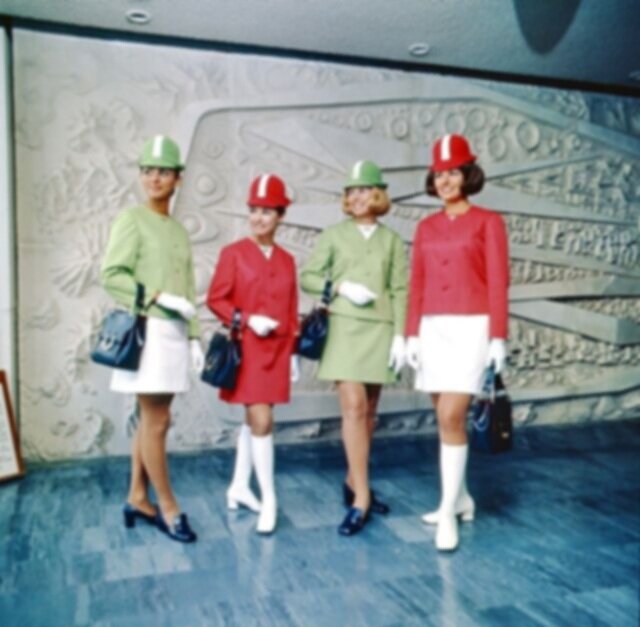
Aesthetics
Game Aesthetics & Visual Inspiration
⇢ Notes on Theme ⇠
By Michael Grasso
※ Occult/Paranormal Traditions and History B.
In the metaphysically-questing spirit of the Weird Seventies, the occult underground in this game contains multitudes. Most if not all of which can somehow be tied into the pernicious influence of History B in human history, of course, but which also stand on their own historically and culturally. Remember, everything before 535 AD is a lie and that’s the foundations of a lot of Western occultism.
The classically ‘70s apophenic and paranoiac impulse of “everything is true” is a rule of thumb in this campaign. It feels like every Madness Dossier character is probably intentionally designed thanks to their Kewl Powerz to look at History B phenomena through a unique phenomenological/paradigmatic lens. Which as an old hand at White Wolf Mage, I approve of.
※ Visual Aesthetics.
Our discussion about Solid State got me thinking about the visual aesthetics of both History B stuff and SANDMAN psychotronics.
My description of the Altamont Object definitely puts it in the Venn diagram overlap between steampunk and crystalpunk, and I think that’s fine; it’s clear from various Mitch visions (at both Altamont and Mount Shasta) that there is a common sort of baroque decadent muchness to History B objects and architecture. That’s a little at odds with the Ken Hite vision of History B as being sunbaked and clay blockish, reminiscent of the ancient Near East. I’m fine with that, as this game’s History B, with this campaign being very North America-based, is slightly different from what the MD book expects you to do as far as modern technothriller espionage in the Middle East. That bit in-game where Dr. Quarles explains to Archie that since there’s no extant architectural/belief overlay out in the boonies of rural Northern California, is as good an explanation as any for why Northern California History B looks and feels like the absinthe-soaked hallucinations of an Art Nouveau fantastic illustrator.
As far as SANDMAN psychotronics in 1973 are concerned, I don’t picture them being sleek. I mean, I could see some of the less complex pieces of tech/older pieces being encased in a nice neutral plastic IBM-style mainframe case with slashes or stripes or panels of bold primary colors; you know, a late-'60s corporate modernist sort of aesthetic. But in the '70s there's a lot of kit-bashing happening at Granite Peak; civilian think tanks and labs are making leaps and bounds in computer tech, laser tech, and even nuclear tech, but I also picture the SANDMAN labs in the early '70s being much more freaky than they would be in the ‘60s or ‘80s.
SANDMAN tech right now, especially the cutting-edge psychotronic stuff, I picture looking like it came out of a university lab; like the first iteration of the Ghostbusters’ tech: i.e., maybe not as silly as a colander on Rick Moranis’s head, but just one click less silly than that. Lots of extraneous vacuum tubes, insulated wires on the outside of the gun, surveillance bugs that have amazing range and fidelity but also have a half-dozen diodes hanging off the side, the hypnosis flash that I described as looking like a ‘70s Polaroid flash cube. Ikoters I picture having all of the above features: no sleek little MiB-style number but instead a ray-gun-looking thing with frosted glass tubes while having a ‘70s Magnum Dirty Harry-style grip and trigger plus looped wires and giant batteries and shit sticking out of the top.
Beyond the Black Rainbow. (2010).
The Andromeda Strain. (1971).
The Burroughs Wellcome Building. (c. 1983).
Christopher Walken. Brainstorm. (1983).
The Opsroom. Project Cybersyn. (1971-1973).
Soundtracks
By Leonard Pierce
URIEL: S1
URIEL: S2
URIEL: S3
Tinker, Tailor, Soldier, Spy. Dir. Tomas Alfredson. (2011).
Executive Order: Images of 1970s Corporate America. Susan Ressler. (2018).
2001: A Space Odyssey. Dir. Stanley Kubrick. (1968).
Inherent Vice. Dir. Paul Thomas Anderson. (2014).
Silent Running. Dir. Douglas Trumbull. (1972).
Executive Order: Images of 1970s Corporate America. Susan Ressler. (2018).
Tinker, Tailor, Soldier, Spy. Dir. Tomas Alfredson. (2011).
Zodiac. Dir. David Fincher. (2007).
Bill English, 1968. © The Doug Engelbart Institute.
Mindhunter. Dir. David Fincher. (2017).
Executive Order: Images of 1970s Corporate America. Susan Ressler. (2018).
Inherent Vice. Dir. Paul Thomas Anderson. (2014).
Cruising Van Nuys Boulevard. Rick McCloskey. (1972).
Cruising Van Nuys Boulevard. Rick McCloskey. (1972).
Inherent Vice. Dir. Paul Thomas Anderson. (2014).
The Luigi Colani Office Chair (c. 1970).
Mindhunter. Dir. David Fincher. (2017).
Zodiac. Dir. David Fincher. (2007).
Phantom of the Paradise. Dir. Brian De Palma. (1974).
Suburbia. Bill Owens. (1973).
"Dr. Lilly Greets His Subject." Flip Schulke Archives. (1970s).
The Parallax View. Dir. Alan J. Pakula. (1974).
The Parallax View. Dir. Alan J. Pakula. (1974).
TV Guide. Oct. 6-12, 1973.
Solaris. Dir. Andrei Tarkovsky. (1972).
The Hyatt-Regency San Francisco. San Francisco, California. (1974).
Solaris. Dir. Andrei Tarkovsky. (1972).
Don Hisaka, Swink Advertising Offices. Photog: George Cserna. (1974).
Don Hisaka, Swink Advertising Offices. Photog: George Cserna. (1974).
Contact. Dir. Robert Zemeckis. (1997).
Sears' Pacific Coast Headquarters. Alhambra, California. (1969-1971).
Chet Holifield Federal Building. Laguna Niguel, California. (1968-1971).
Harvard Graduate School of Education. 1974.
Homecoming. Dir. Sam Esmail. (2018)
Censor. Dir. Prano Bailey-Bond. (2021).
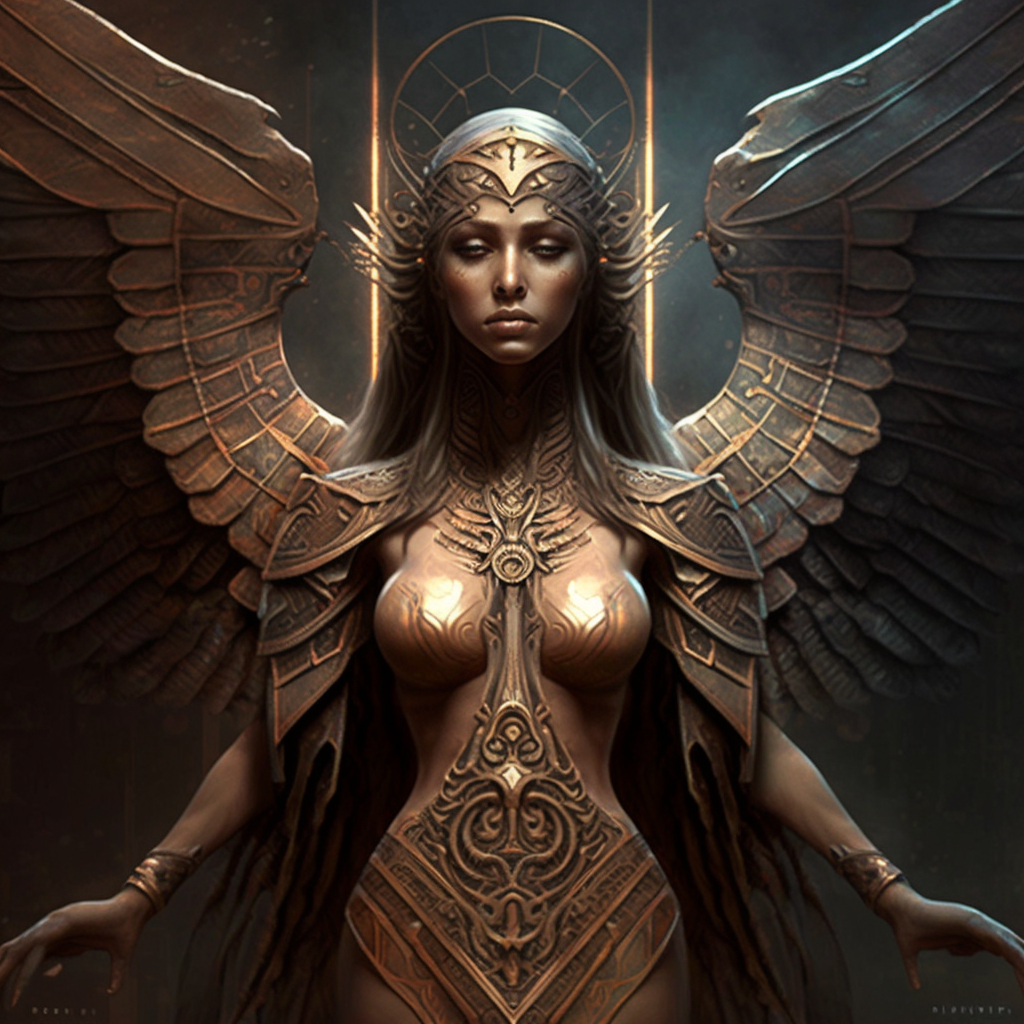
"The šedu were the overseer caste of the Anunnakku, whose job it was to supervise humanity and rule over it. Humans have been programmed to obey the šedu, and to react to their terrible beauty with almost primal fear and worship."
"The scorpion men open the doors for Shamash as he travels out each day, and close the doors after him when he returns to the underworld at night. They also warn travelers of the danger that lies beyond their post. Their heads touch the sky, their 'terror is awesome' and their 'glance is death.'"
"His weapons are the dagger and the mace, with the dagger raised above his head in a threatening manner. Two recovered amulets differ from this, with the same lion-headed Ugallu but with human feet and a long rob."
"[A]n ancient Mesopotamian mythological demon shown in artistic representation from the earliest ... times with the arms, torso and head of a human and the ears, horns and hindquarters of a bull."
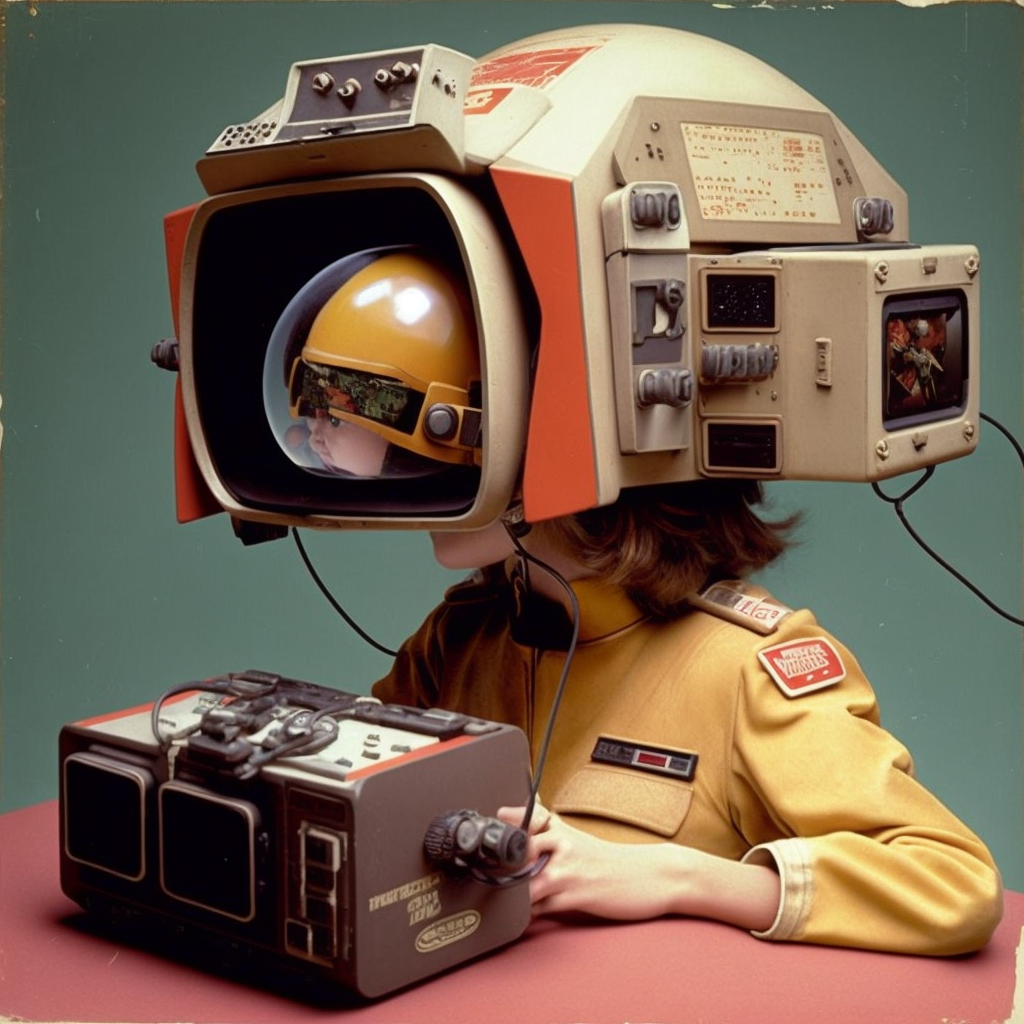
SANDMAN virtual reality set, still experimental.
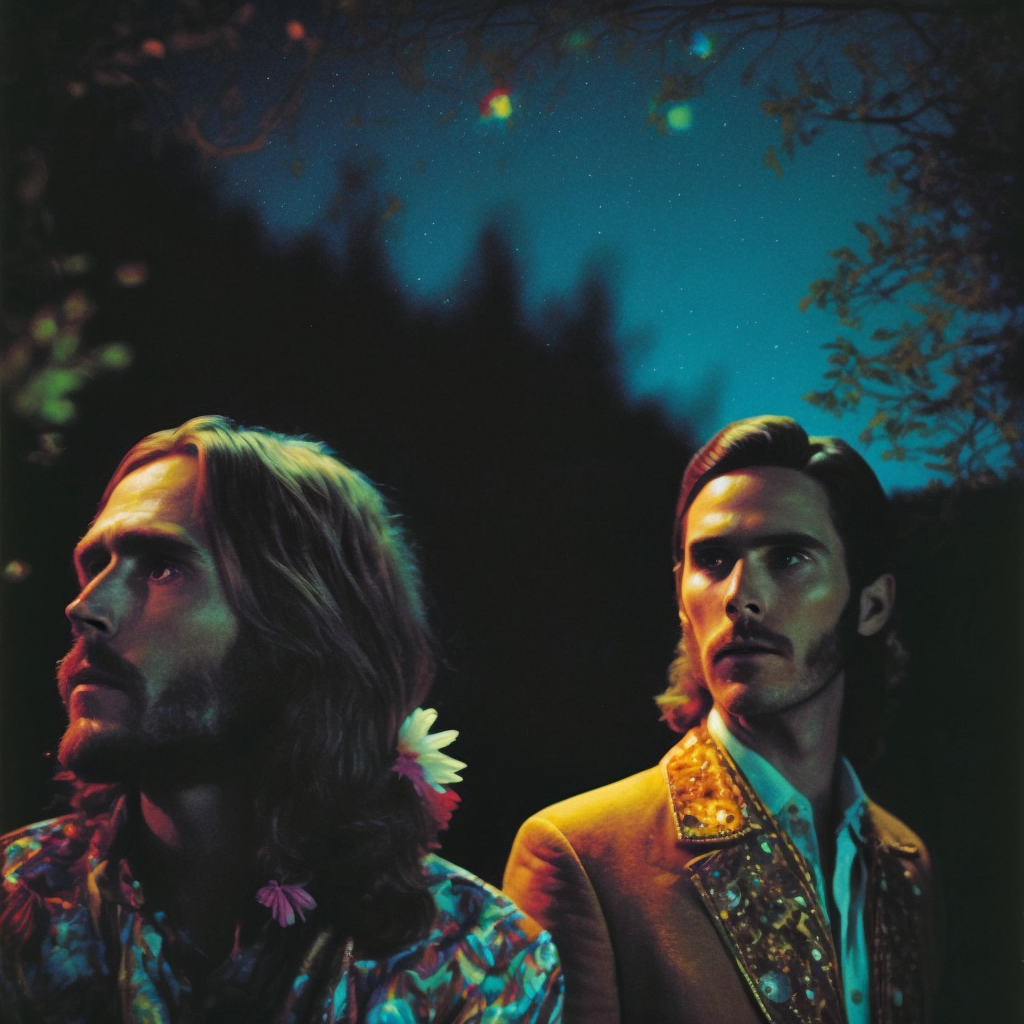
Alternate Mitch and Marshall.

GRAIL TABLE sensory deprivation pods at Brougham Castle.
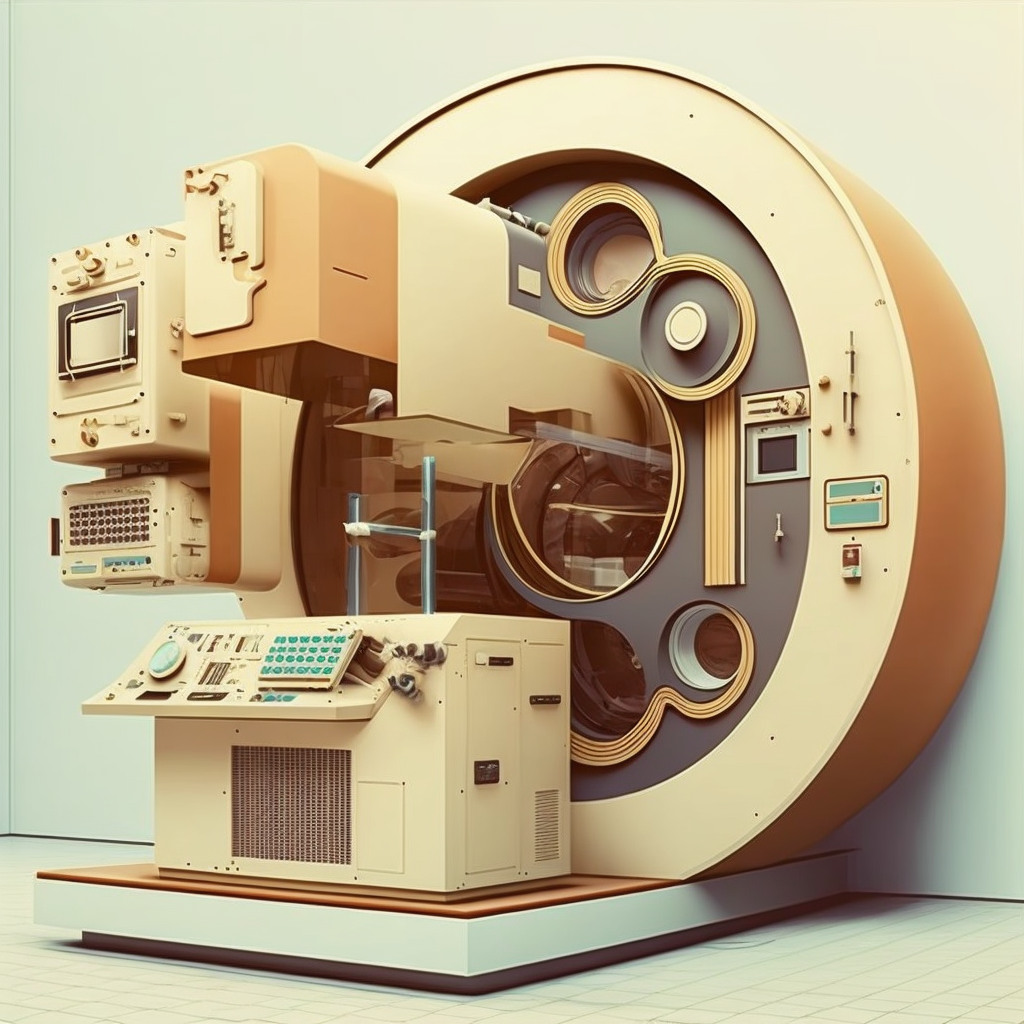
SANDMAN mass spectrometer, still experimental.

A younger Librarian.
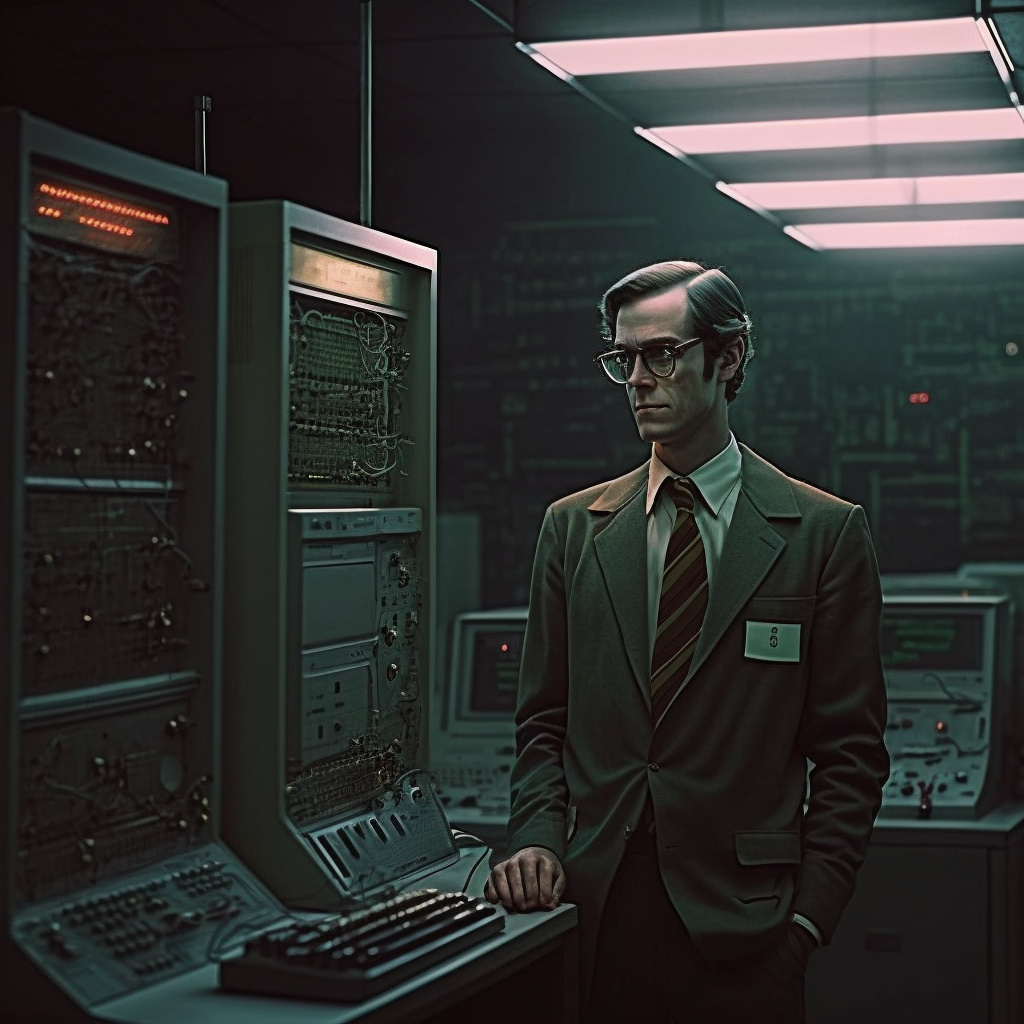
Random SANDMAN esmologist.

Ikoter (Hand Model) Mk. IV. Prototype model. Not sent to production due to low battery efficiency and diluted range.
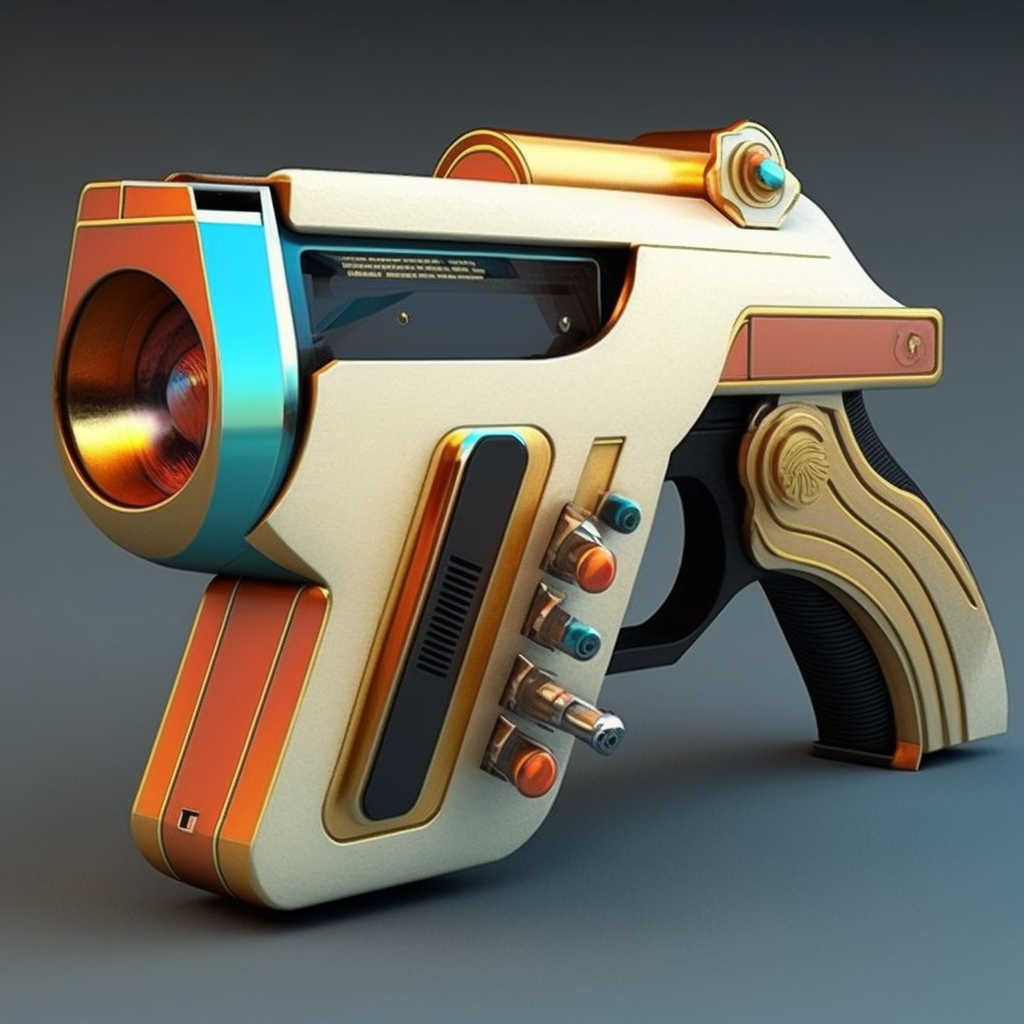
Ikoter (Hand Model) Mk. VII. Limited production for use in classified domestic operation.


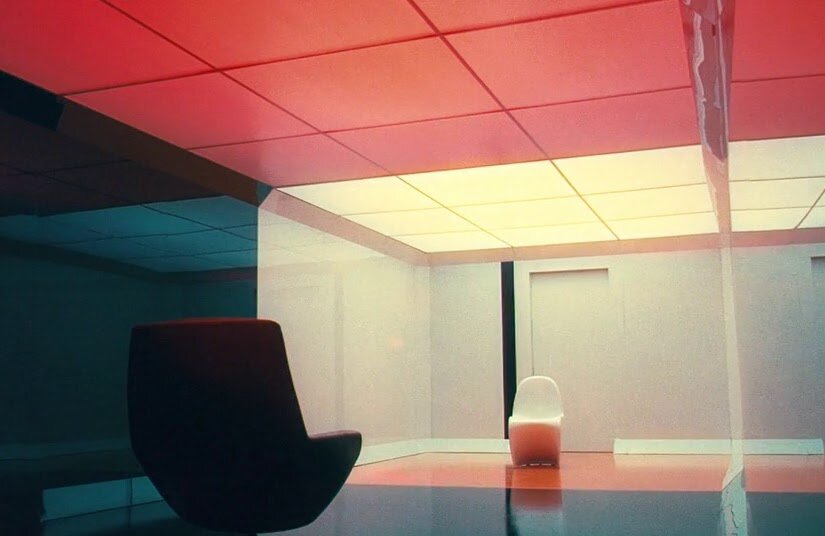



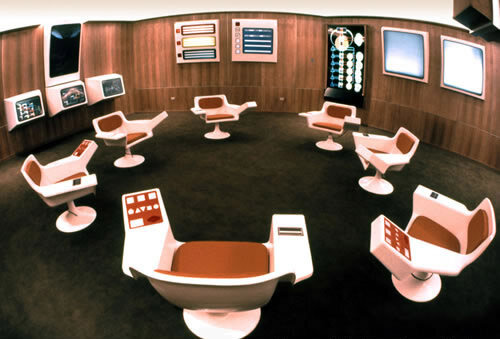



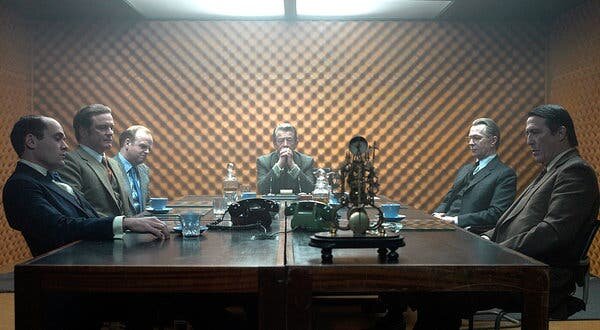


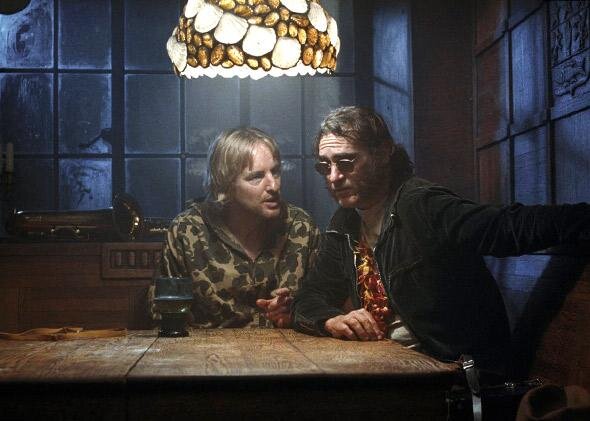
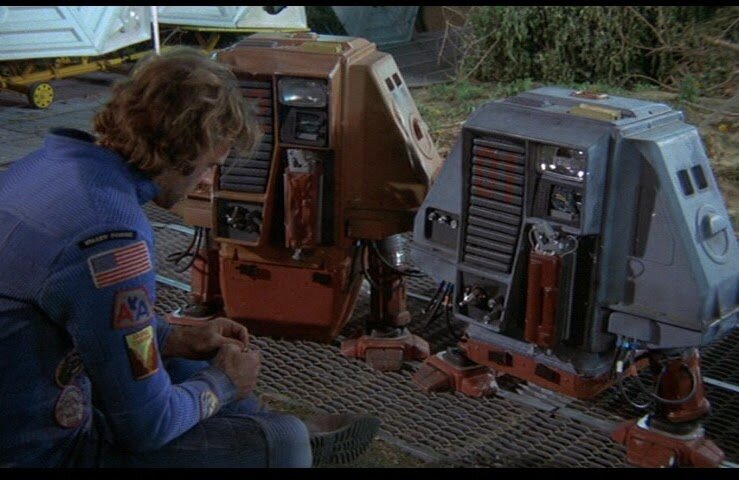
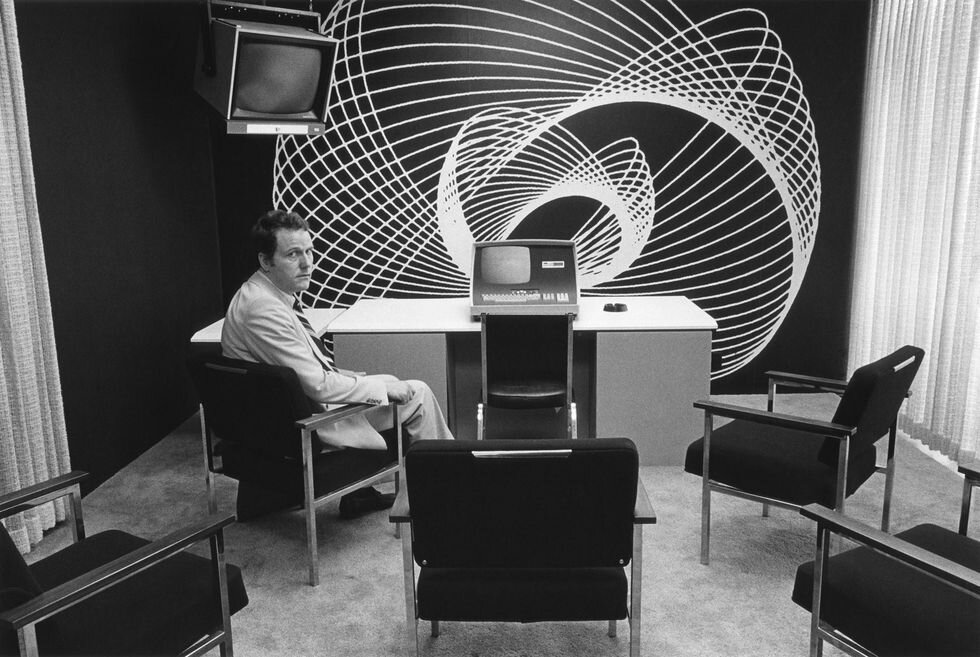







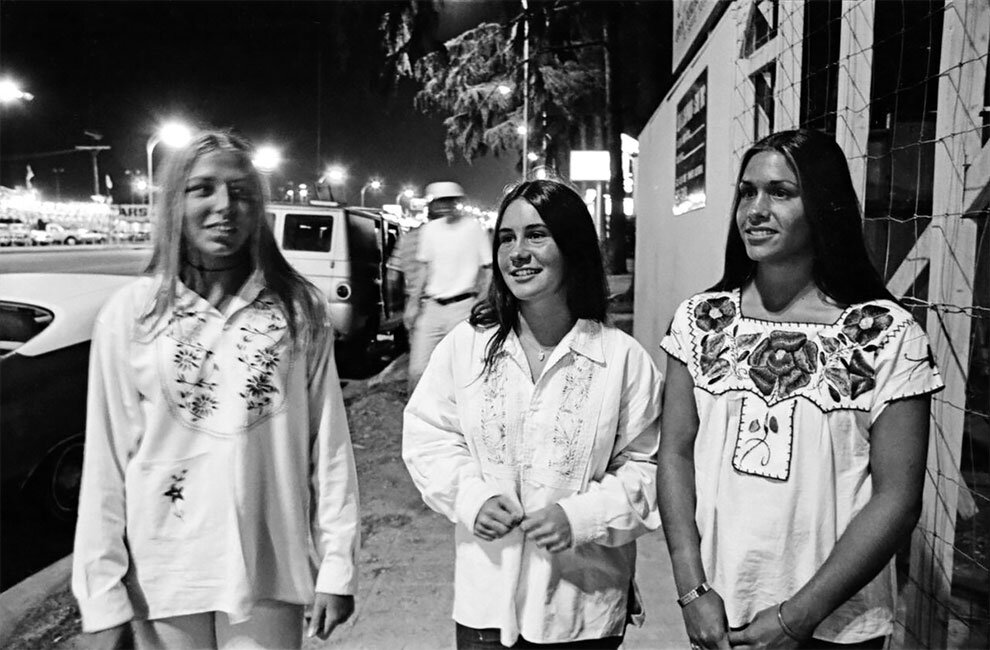



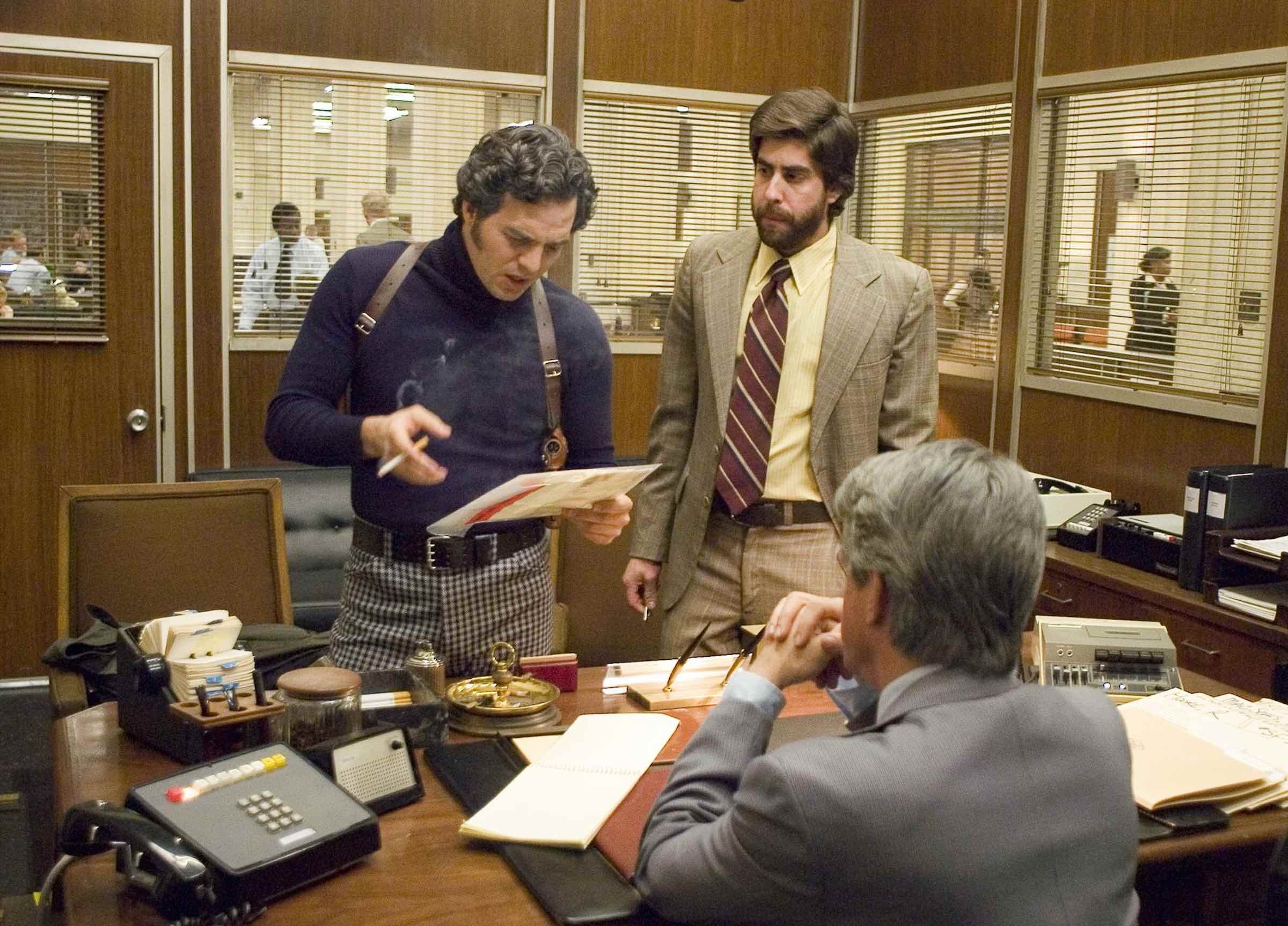


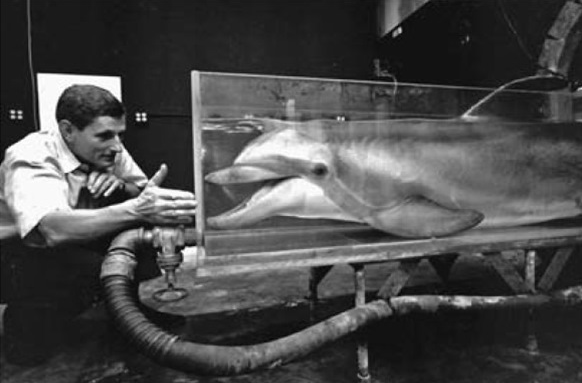
















!["[A]n ancient Mesopotamian mythological demon shown in artistic representation from the earliest ... times with the arms, torso and head of a human and the ears, horns and hindquarters of a bull."](https://images.squarespace-cdn.com/content/v1/615da02ff829c81289eb9549/8d4e8f9b-ff93-4807-b5b8-dbb32c3f944e/kusarikku-2.png)